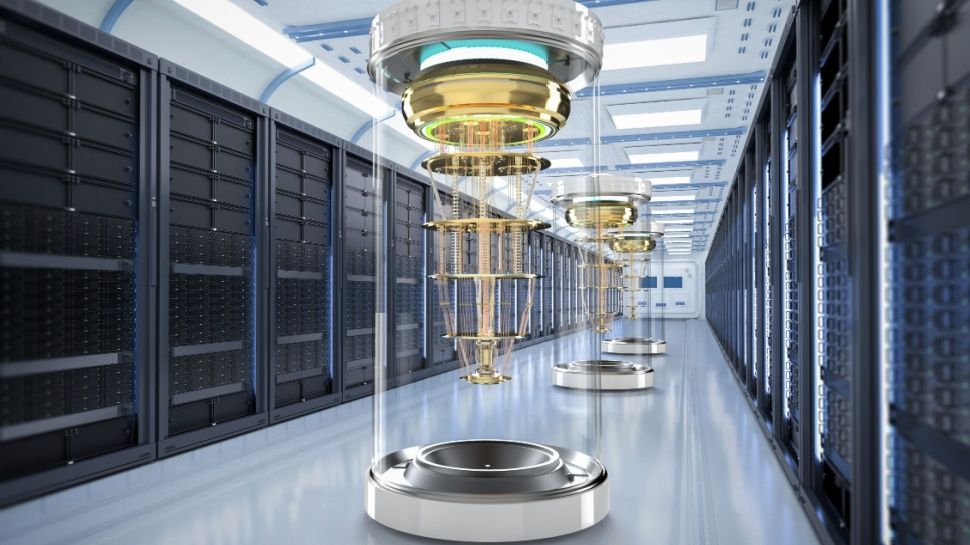The International Energy Agency has predicted that the rise of Artificial Intelligence (AI) will see data centers consume twice as much electricity by 2026. That forecast has understandably raised concerns about the negative impact this will have on the environment. , while infrastructure can also be expensive to operate and can prevent organizations from scaling up or down when necessary.
One possible solution that addresses these challenges is migration to cloud-based services. We are already seeing large companies start to spend more on cloud computing due to a growing interest in adopting artificial intelligence technologies. However, for those businesses that may find the transition daunting or don't know where to start, it's helpful to understand the benefits of the cloud and why they should consider making the leap.
Global Head of Wipro FullStride Cloud.
AI: the cause and the cure
As AI continues to gain ground in various industries, the demand for data centers has also been increasing. Unfortunately, this trend comes at a high price in terms of energy consumption and environmental impact, as studies show that data centers account for approximately 1% of global electricity consumption. Growing concerns about the environmental impact of data centers cannot be ignored, as companies face increasing pressure to reduce their carbon footprint and become more sustainable.
As the cloud market has matured, leaders have begun to view their IT infrastructure through the lens of the “cloud economy.” This means studying the cost, business impact, and resource usage of a cloud IT platform to collaborate across departments and determine the value of cloud investments. It can be a particularly valuable process for companies looking to introduce and optimize AI workloads, as well as reduce energy consumption.
A well-established cloud economics program enables businesses to analyze data and improve performance while reducing cloud costs and data requirements. This involves accurately forecasting cloud needs and adjusting capacity as needed to achieve significant savings and reduced energy consumption. By leveraging cloud economics, businesses can achieve greater efficiency and cost effectiveness, making it a smart investment for any organization looking to maximize its cloud services.
Prioritize the move to the cloud
Traditional on-premises data centers can be restrictive for businesses, requiring physical hardware upgrades to accommodate growth. Meanwhile, cloud-based solutions offer a broader range of features and functionality that can help organizations optimize their operations by increasing accessibility for developers, fostering collaboration and innovation, and scaling up and down as needed.
While many companies are interested in adopting AI, moving to the cloud can be a time-consuming and technically challenging process. The first step should be to evaluate your data storage options. Cloud-like temporal interfaces can help with the transition, allowing businesses to move at their own pace and avoid rushed release timelines that could lead to missed opportunities and increased costs. Additionally, as more cloud providers continue to reduce egress fees, it has become easier to choose a preferred cloud solution and migration path. Data centers require investments in expensive hardware, such as servers, storage devices, and networking equipment, which are not necessary once you transition to the cloud.
The role of the cloud in the future
The increase in data center energy demand is driven by the increasing dependence on artificial intelligence technologies, which will have a knock-on effect on cloud dependence. As demand for these technologies continues to grow, companies must prioritize environmental responsibility when adopting and integrating AI into their organizations. It is essential that companies understand the impact of their technology choices and take steps to minimize their carbon footprint.
Investing in knowledge about the benefits of the cloud is also crucial for companies looking to transition to sustainable technologies. Technology leaders must educate themselves and their teams on how the cloud can help them achieve their business goals while reducing their environmental impact.
As newer technologies like AI continue to grow, businesses must prepare to find the best ways to handle workloads. The future requires a balance between technological advancement and environmental responsibility. By adopting sustainable AI practices, optimizing AI workloads with cloud economics, and exploring cloud migration, organizations can ensure they remain competitive while doing their part to protect the environment. Together we can build a more sustainable future for all.
We list the best cloud optimization services.
This article was produced as part of TechRadarPro's Expert Insights channel, where we feature the best and brightest minds in today's tech industry. The views expressed here are those of the author and are not necessarily those of TechRadarPro or Future plc. If you are interested in contributing, find out more here:









